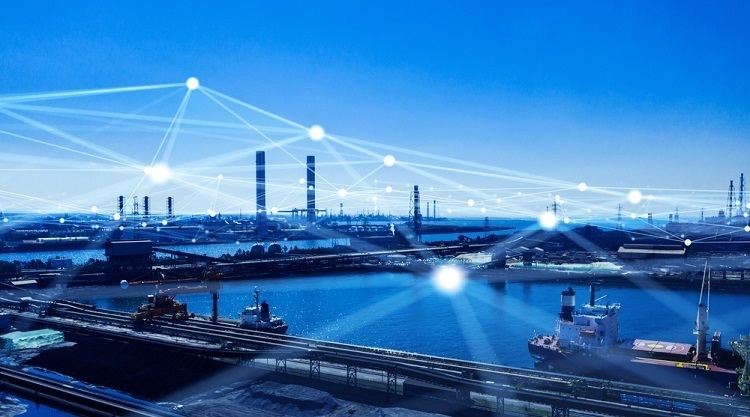The shipping industry is a prime example of the way automation has transformed the world. The shipping industry is a $1.6 trillion global industry that includes all aspects of transportation, including sea, air, and land.
Automation in the shipping industry has been around for a long time but it’s only in recent years that it has become more widespread. This is due to the increased use of robots and AI software to help automate and control logistics.
The main reason for this change is because automation allows companies to reduce labor costs while improving efficiency and productivity at an exponential rate.
Table of Contents
What is a Shipping Job and How Does it Work?
Shipping is an industry that has been around for centuries. It has changed a lot over the years and is now a global phenomenon.
Shipping jobs are related to the transport of goods from one place to another. They involve moving goods from one point to another, whether it’s by land, sea, or air. In order to do this, shipping companies rely on professional truckers and drivers who transport goods in their trucks or vans. Your search for jobs will ends on Shiply, where thousands of jobs are posted everyday.
The job of a trucker requires long hours of driving with little sleep and low pay for the work they do. Truckers work in all types of weather conditions and often face dangerous situations on the road such as traffic jams and accidents.
Pros & Cons of Businesses with Automated Shipping Solutions
Automated shipping solutions are becoming more popular among businesses. This trend is not just limited to the ecommerce industry, but also to other industries like automotive and logistics.
Pros of Automated Shipping:
– Lower cost – by reducing human error, automated shipping reduces the need for costly labor and materials.
– Greater efficiency – automated shipping systems can reduce shipping time and improve customer service.
– Greater accuracy – automation increases accuracy in the handling of orders and shipments, which decreases the risk of mistakes that can lead to lost sales or refunds.
Cons of Automated Shipping:
– Missing personal touch – automation may reduce a business’s ability to provide a personalized customer experience due to reduced human interactions with customers.
– Higher risk for errors – automation may increase risks associated.
The 5 Most Popular AI Enabled Logistics Technologies in 2019
The 5 most popular AI enabled logistics technologies in 2019 are ile handler, software to automate shipping processes, warehouse management system, smart carts and autonomous vehicles.
The ile handler is the most popular AI enabled logistics technology in 2019. It was developed by IBM to help with the shipment and delivery of goods. This system uses a series of sensors that track the location of packages and automatically route them to their destination. The software can also be used for other purposes like tracking shipments or managing inventory.
Warehouse management systems are another popular AI enabled logistics technology in 2019. These systems have been designed to help warehouses monitor their inventory levels, plan production schedules and manage order picking tasks effectively with minimal human intervention.
AI-Enabled Logistics – The Future Is Here to Stay
Artificial intelligence has been a central theme in the logistics industry for a while now. For example, logistics software is becoming more and more advanced, with the latest AI-enabled software able to handle a wide range of tasks like routing and dispatching.







